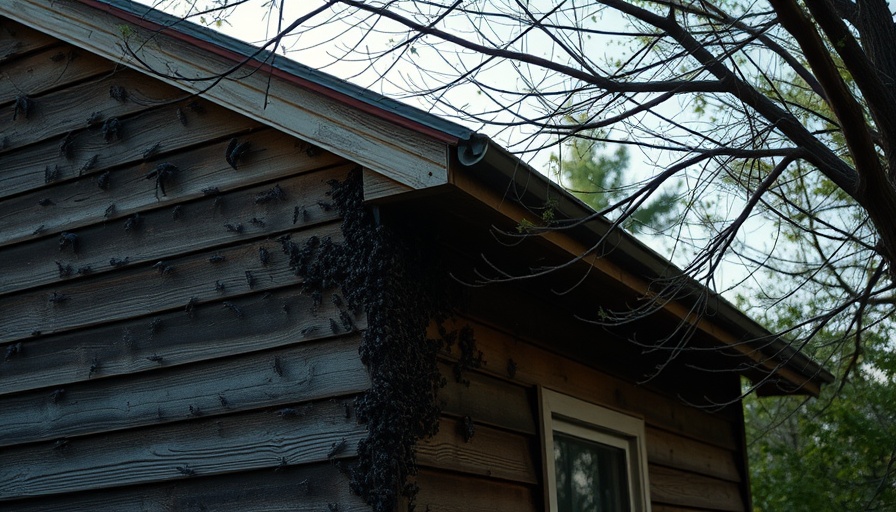
Bats Take Up Residence: A Surprising Invasion
This summer in North Harris County, a typical rental home has morphed into an unexpected bat sanctuary, sending waves of concern through the community. The Taylor family, who thought they only had an odor problem, discovered that an entire colony of bats made their home within the walls of their rented property. This scenario raises critical awareness about wildlife conservation, tenant rights, and the often overlooked responsibilities of landlords regarding pest control.
The Unseen Dangers of Wildlife Encroachment
While bats are generally harmless creatures and play a vital role in the ecosystem by controlling insect populations, their presence in a family home can lead to serious health concerns. Bats can carry diseases, and their droppings, known as guano, can harbor histoplasmosis, a respiratory illness. The Taylors expressed understandable worries about their family’s health, highlighting the need for awareness about safety protocols when dealing with wildlife. According to experts, if you find bats in your home, it’s essential to contact professionals who specialize in humane removal.
Legal Ramifications for Renters and Landlords
The presence of wildlife in rental properties can also lead to legal complications. In Texas, landlords are mandated to provide habitable living conditions. This responsibility often includes resolving issues related to vermin and wildlife infestations. When the Taylors approached their landlord, they expected prompt action, yet they faced delays as they awaited a response. This situation illustrates the importance of understanding tenant rights, as well as the obligations of landlords to mitigate such unique problems. Experts suggest that renters should familiarize themselves with state laws surrounding rental agreements and the specific responsibilities of property owners.
Community Reactions: Impacts and Awareness
As news of the Taylors' predicament spread, community members voiced a range of opinions on social media. Some supported the family’s plight, emphasizing that landlords must be more responsive to tenant needs, especially concerning health hazards. Others pointed out the ecological significance of bats, advocating for humane treatment following the removal of the colony. The public discourse spurred a renewed conversation about local wildlife and how urban expansion intersects with natural habitats, urging residents to adopt more sustainable living practices.
Wider Implications
This incident in Harris County is not isolated; as urban development continues to encroach upon natural environments, similar situations could become common. Wildlife specialists warn that cities must integrate wildlife conservation strategies into their urban planning to minimize conflicts between humans and animals. Educational initiatives about coexisting with local wildlife can empower residents, providing them with knowledge about prevention and mitigation strategies for such issues.
Concluding Thoughts: What You Can Do
For those living in areas where wildlife encounters are possible, it’s crucial to remain informed and prepared. Maintaining your property, regularly checking for signs of wildlife, and knowing the contact information for local animal control can be invaluable. Furthermore, advocating for proper wildlife management in your community can pave the way for better coexistence and safety for both residents and animals.
As we reflect on the Taylor family's story, it’s a reminder of our shared responsibility in fostering a safe and habitable space within our ecological surroundings. Understanding the complexities of wildlife interactions and being proactive can help mitigate risks.
For further information on wildlife management and rental laws in your area, consult local government resources or legal assistance services. Taking preventative measures today can save you from unexpected wildlife encounters tomorrow.
 Add Element
Add Element  Add Row
Add Row 



Write A Comment